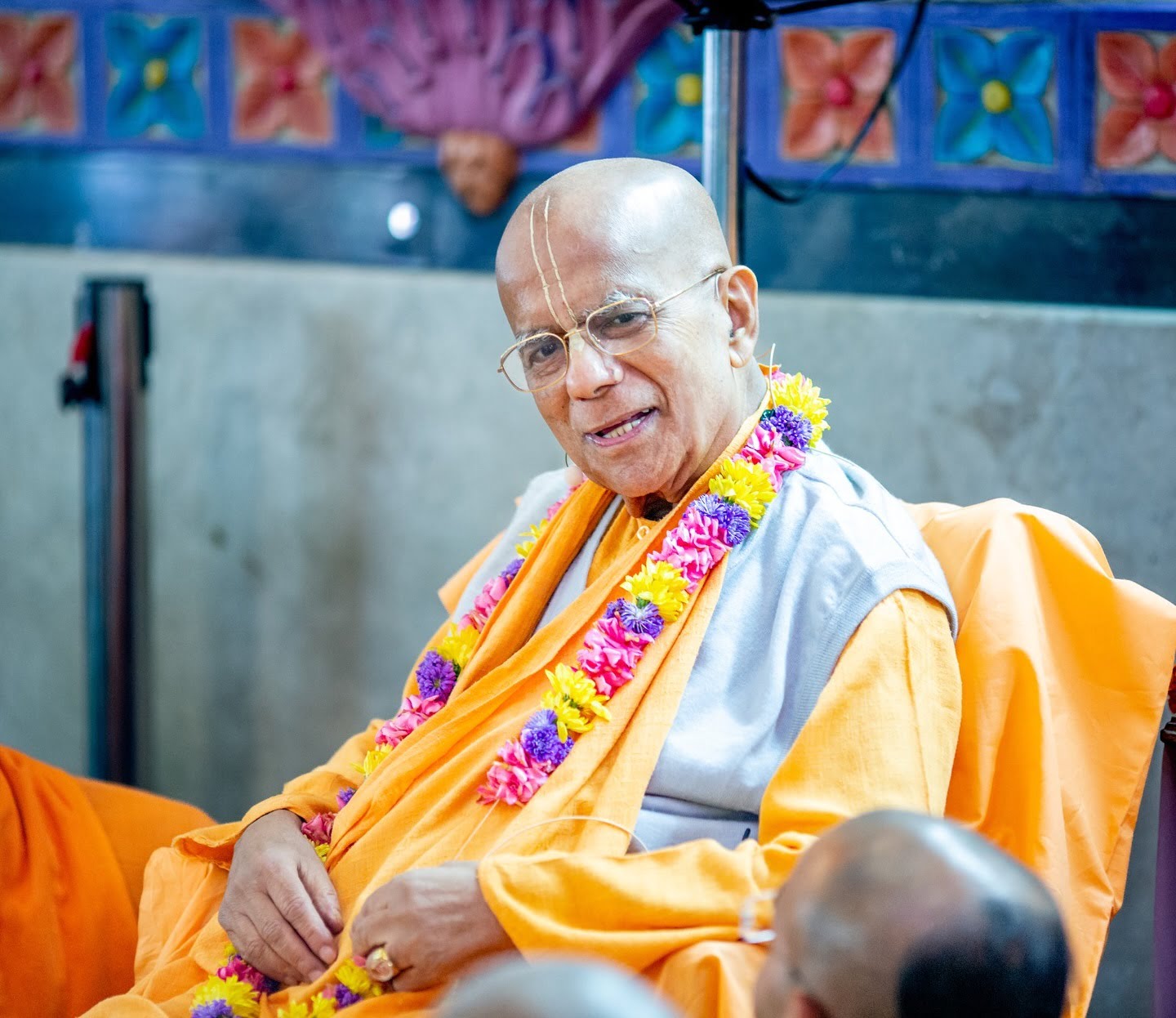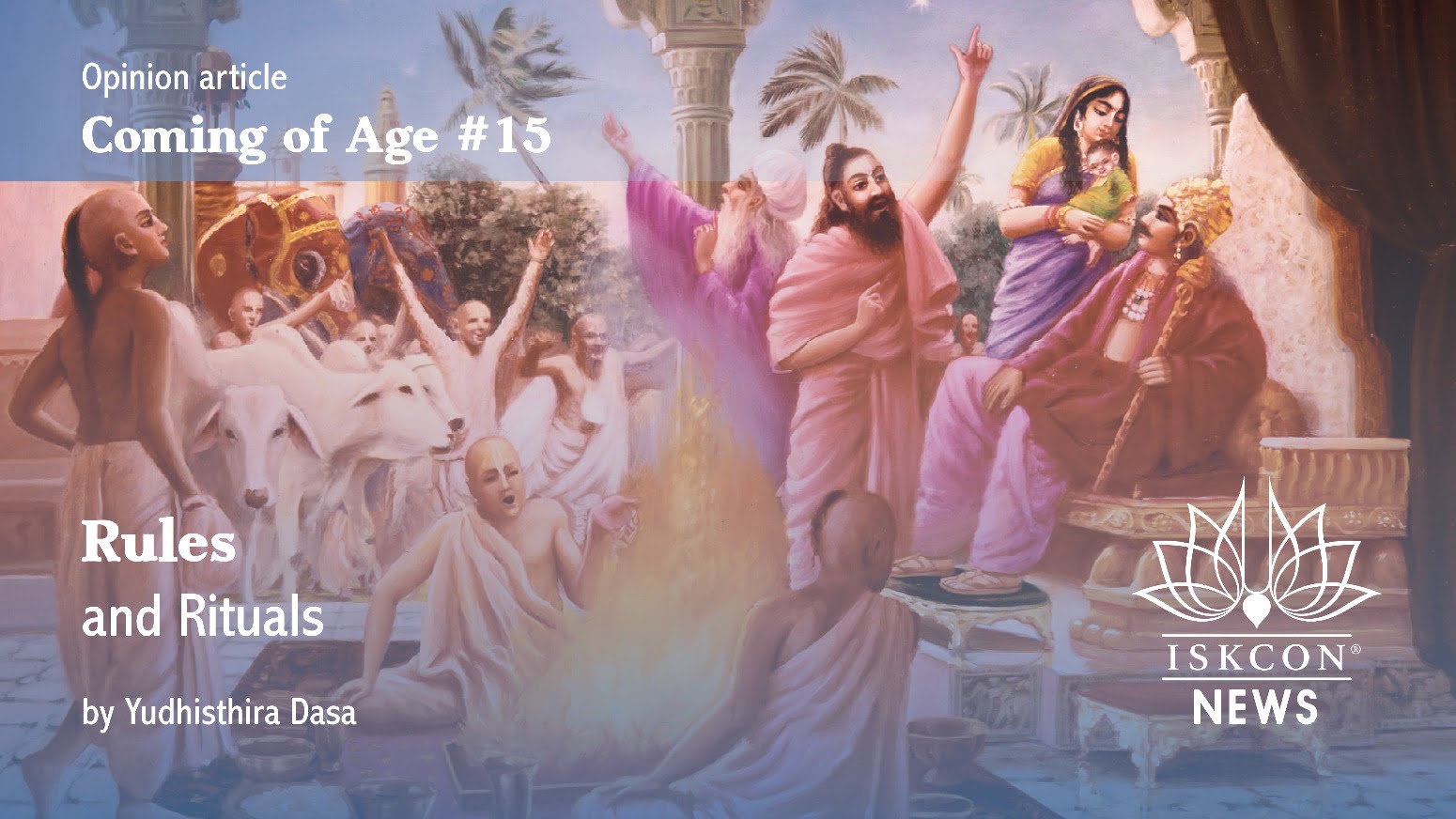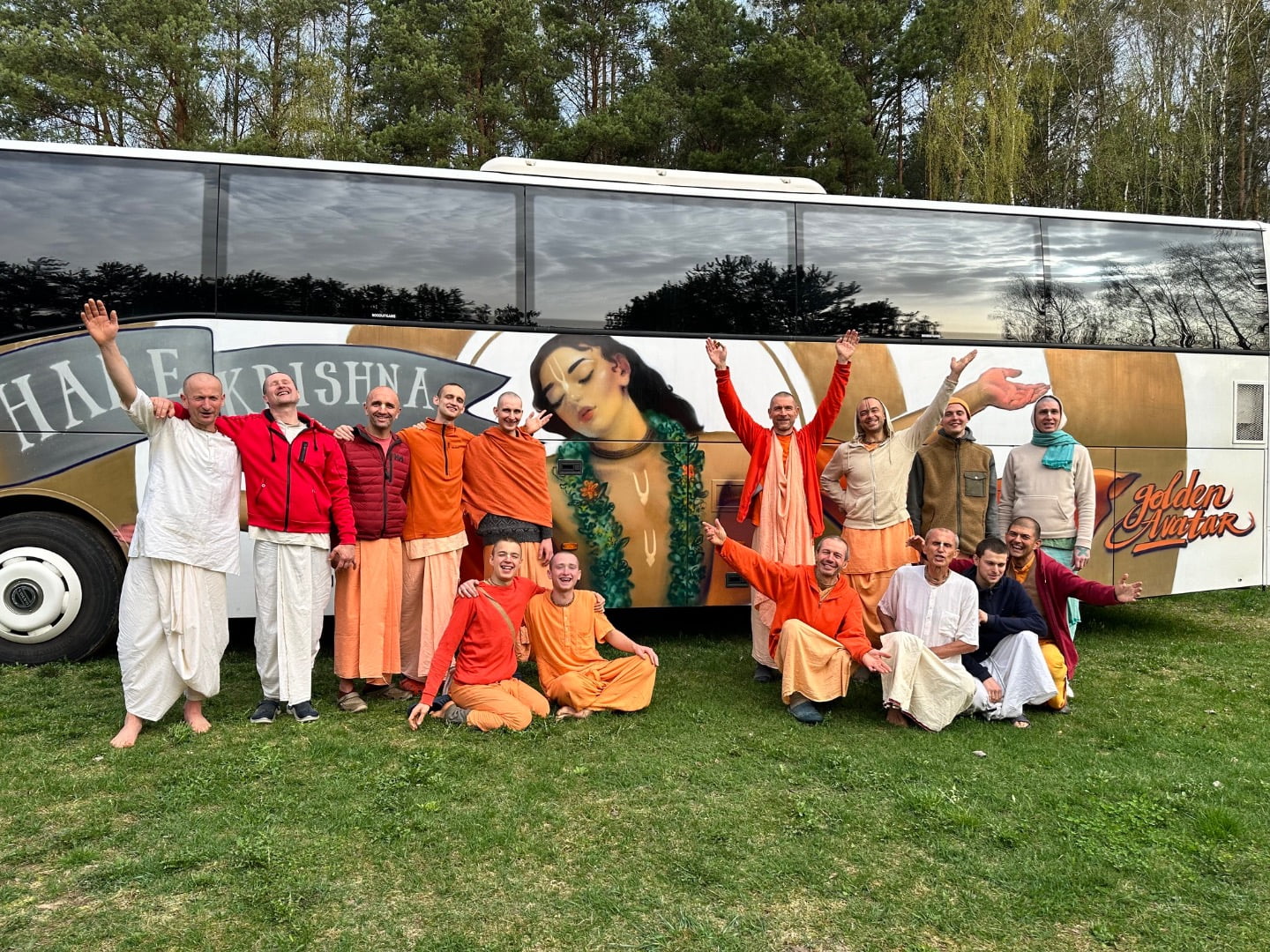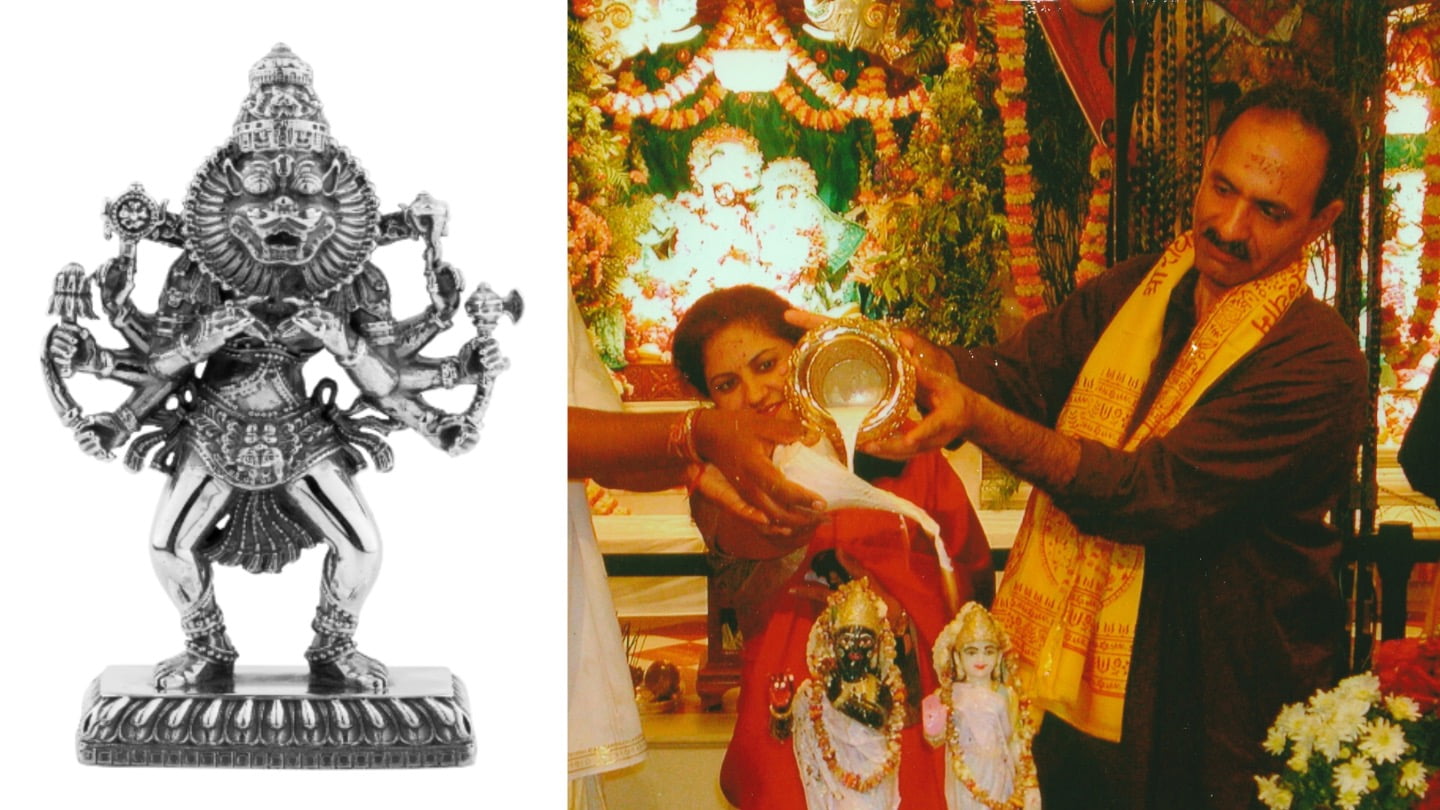ISKCON South India to Restore Ancient Kondaveedu Fort
By Madhava Smullen | May 22, 2010
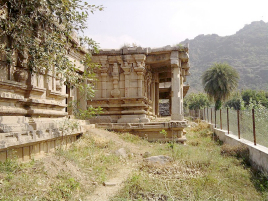
ISKCON of Andhra Pradesh, South India is to begin work on a Spiritual Heritage Revival Project at the historical Kondaveedu Fort in Guntur District this year, starting with a beautiful new temple for the ancient Venna Gopal deity at the foot of the Kondaveedu Hills.
The deity was originally installed 500 years ago by the great South Indian Emperor Krishna Devaraja, who also took over the Fort from its previous rulers the Reddy Kings.
“Today both the fort and the temple are in ruins after centuries of being plundered by Muslim kings and local dacoits,” explains project director Ram Murari Dasa, who also serves as president for ISKCON temples in the twin cities of Vijayawada and Guntur. “But they’ve stayed close to the hearts of the local people, who in recent decades have repeatedly requested the government to restore the 500-acre property’s historical and spiritual value.”
ISKCON’s increasing popularity in South India, and especially its hugely successful Tirupati temple, made it a frontrunner when both the government and the people began searching for a spiritual organization to take on the job.
Although the project was made out to be a controversial encroachment of an archeological site this April in a Times of India article by M N Samdani, Ram Murari says the piece came as a surprise to him since neither he nor the archeological director for the region was consulted for it.
“The fact is that all the organizations involved have expressed their appreciation for ISKCON’s role,” he says. “Just a few months ago, the District Collector (governor) of Guntur, Sri Ramanjeneyulu, urgently invited us take up the project. The Andhra Pradesh government has given us a 65-acre plot at the foot of the hill to build the Venna Gopal temple. And provided this first step is carried out successfully, they will give us another 150 acres at the top of the hill to develop—a 3 Crore (30 million rupee) road to the top of the hill is already being built. The move is also wholeheartedly supported by the Archeology Department Director Sri Chenna Reddy.”
Contrary to M N Samdani’s article, archeological officials were not “in for a rude shock when ISKCON changed the name of a village at the foot of Kondaveedu fort, Chenghizkhanpet, to Cheng-Iskconpet.” No such name change has been made yet, despite District Collector Ramanjeneyulu’s allusion that it may happen in the future—a suggestion that the villagers supported fully, just as they did all other elements of ISKCON’s efforts in their area.
“The villagers—including Muslim leaders—told us that they were happy to cooperate with us, and in turn we told them that we wanted to make sure they were happy with this project,” says Ram Murari. “We have been holding regular programs in Chenghizkhanpet for the past two and a half years, which they have always enjoyed, and in fact many villagers are chanting sixteen rounds of the Hare Krishna mantra and following our four regulative principles. What’s more the village priest, whose family has worshipped Venna Gopal for many generations, is a devoted brahmin who reads Srila Prabhupada’s books regularly.”
In keeping with both the government’s desire for a spiritual tourist draw and the people’s need for simple living and community, ISKCON plans to design its Kondaveedu Heritage Revival as an environmentally responsible international pilgrimage spot based on Vedic Krishna conscious concepts.
As well as the Venna Gopal temple, the final project will feature exhibitions on the Ramayana, Mahabharata, Bhagavad-gita, Lord Krishna and Chaitanya Mahaprabhu’s pastimes, and Vedic cosmology. It will also include gardens, lakes, and “green” buildings. Devotees will practice organic farming and cow protection, while a proposed school will teach courses on self-sufficiency and reviving traditional crafts and cottage industry for the benefit of the local economy. There will also be a Food for Life program for the poorest local residents.
Although Sandani’s Times of India article portrayed the project as a commercial effort—saying ISKCON wanted to “Develop an international school, hospital, theme parks, water parks, heritage centre, museum, food courts and multimedia theatres”—Ram Murari says this is missing the point.
“Yes, the project will cost a minimum of 150 Crores and is already attracting big donors from Bangalore, Mumbai, New Delhi, and Mayapur,” he admits. “But our plan is all based on Srila Prabhupada’s Krishna conscious guidelines. The school will be a Vedic one, the hospital will be mainly Ayurvedic, the “theme parks” are merely spiritual science and history exhibitions, the “food courts” will be Govinda’s restaurants serving fresh natural vegetarian food, and the multimedia theaters will show films about the lives of Srila Prabhupada and other Vaishnava saints, as well as of spiritual and ecological programs around the world.”
He concludes: “Ultimately, there is no incongruity between our efforts and the preservation of this historical site.”
ISKCON is currently waiting to receive the official papers for the first 65 acres at Kondaveedu from the government of Andhra Pradesh. Meanwhile—provided everything goes according to plan—construction is expected to commence by Krishna Janmastami (September 1) 2010.







